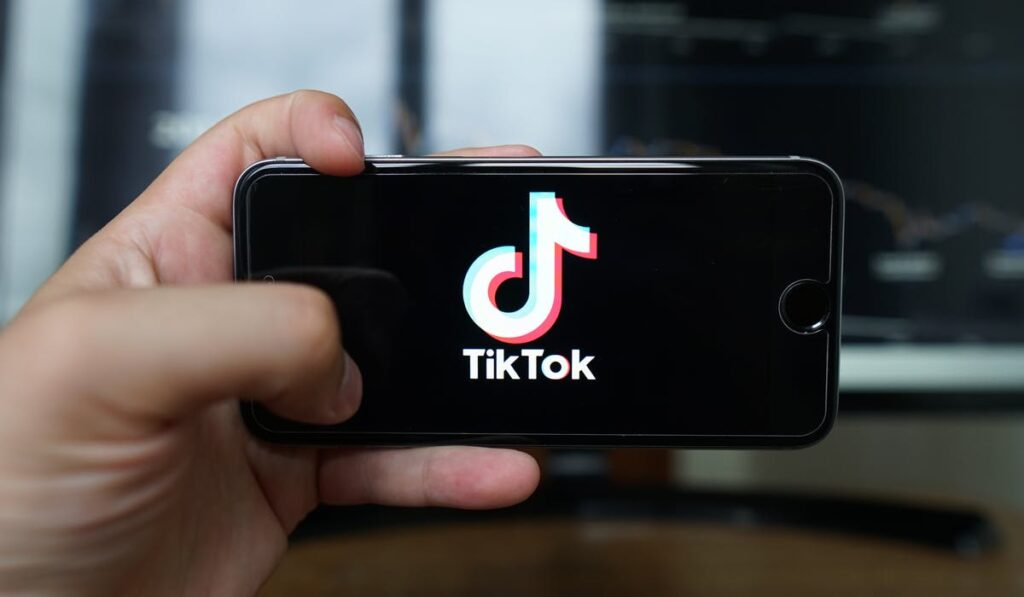 Donald Trump will sign an executive order extending the delay to TikTok’s ban in the US, as the social media app ramps up its offering to advertisers in Cannes this week. Without this intervention the ban would have come into force tomorrow (19 June).
Donald Trump will sign an executive order extending the delay to TikTok’s ban in the US, as the social media app ramps up its offering to advertisers in Cannes this week. Without this intervention the ban would have come into force tomorrow (19 June).
In a statement yesterday (17 June), White House Press Secretary Karoline Leavitt insisted the US President “does not want TikTok to go dark” and the administration is working to close a deal with the app’s Chinese owner ByteDance to ensure user data is “safe and secure”.
The executive order means no action will be taken against those such as Apple and Google for failing to remove the TikTok app from their platforms.
TikTok restores service in the US after Trump confirms he will delay ban
This is the third postponement to the ban since Trump’s inauguration on 20 January, when he signed an executive order delaying the action for 75 days. The initial ban was in response to a law signed in April 2024 by former president Joe Biden ordering ByteDance to sell the app to a non-Chinese owner, citing concerns around national security, and the potential spread of propaganda and disinformation.
TikTok briefly ‘went dark’ for a few hours on 18 January, when the app’s 170 million US users were met with a message saying the platform wasn’t “available right now”. The Chinese social media platform described feeling “fortunate” Trump had committed to work on “a solution” and posted on X thanking the President for “providing the necessary clarity and assurance”.
The ban was then delayed for a second time in April, despite the administration claiming a deal was close that would put majority control of TikTok US under American ownership.
Had the ban been upheld it is estimated TikTok would have lost billions in revenue. Ad spend on TikTok in the US during Q3 of last year alone was $2.17bn (£1.8bn), with spend projected to be $4.17bn (£3.4bn) by Q4 2026, according to WARC.
AI push
Rather than contemplating a potential shutdown, the social media giant has been busy unveiling a host of new products at the Cannes Lions Festival of Creativity this week (16-20 June) .
Updates were rolled out to its TikTok Symphony suite of generative AI tools. These include Symphony Image-to-Video, designed to bring static images such as product photos and mood boards to life. Brands add an image and short text prompt to the programme, which then creates five-second TikTok clips that can be stitched together to produce ads.
Using a short text prompt, Symphony Text-to-Video allows brands to generate, test and iterate concepts, creating multiple campaign variations. In addition, Symphony Showcase Products offers advertisers the use of digital avatars to promote their products. Suggested uses include an avatar holding a product, modelling an item of clothing or holding a phone showcasing an app.
The rollout includes the integration of TikTok Symphony into WPP Open, the holding group’s AI-enabled marketing platform. All WPP employees will have access to Symphony creative tools, including Symphony AI Dubbing, Generate & Remix videos and Symphony Digital Avatars.
Last week, TikTok also announced a partnership with third-party carbon emission measurement platform Scope3 to help brands measure and reduce their campaign emissions on the platform.
Scope3 integrates first-party emissions data, campaign data and industry statistics, alongside third-party verification. The new service will analyse various data inputs across different ad formats on TikTok to ascertain grams of CO2 equivalent per thousand impressions.
TikTok’s behaviour, especially the release of new AI tools in Cannes, proves the social media giant is “confident” in its future, says Forrester principal analyst Kelsey Chickering.
“Smaller players, like Snap, will try to steal share during this ‘uncertain time’, but they will not succeed because this next round for TikTok isn’t uncertain at all,” she adds.


